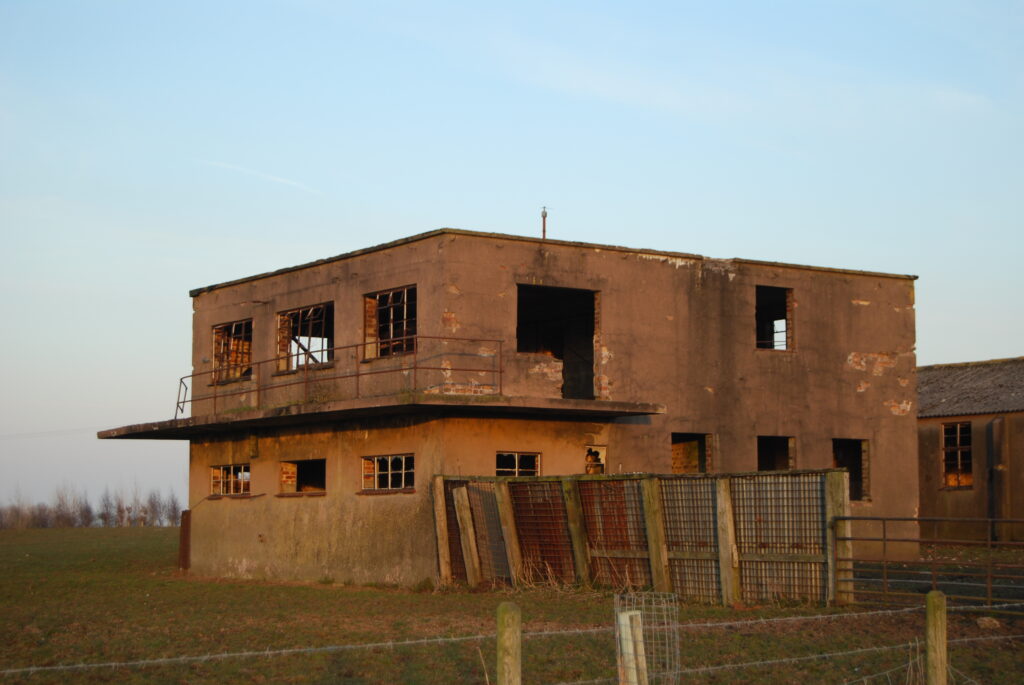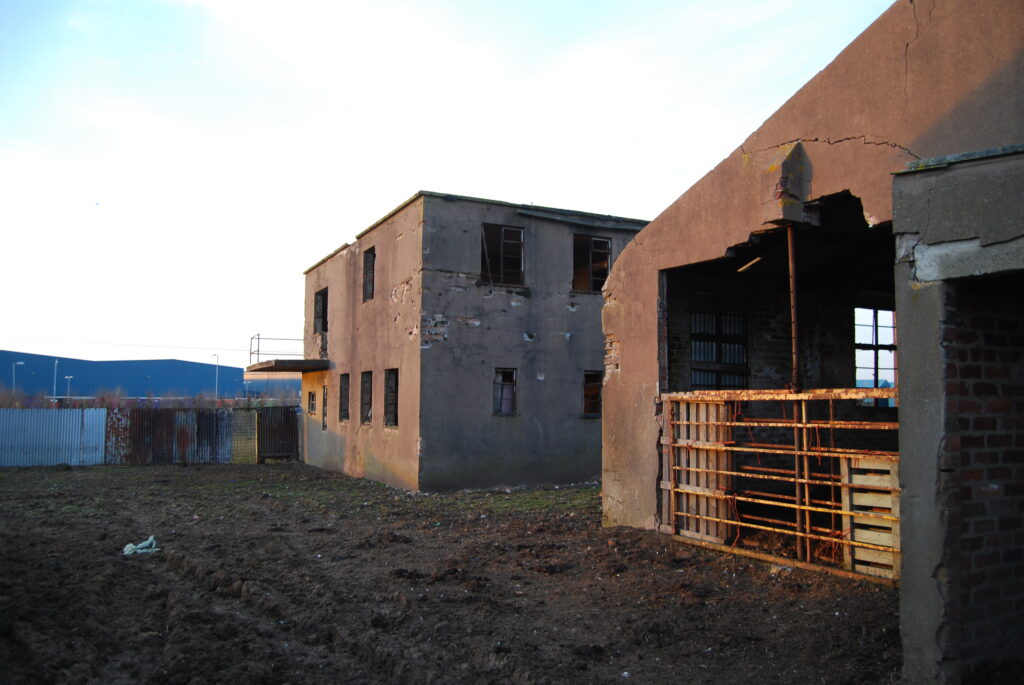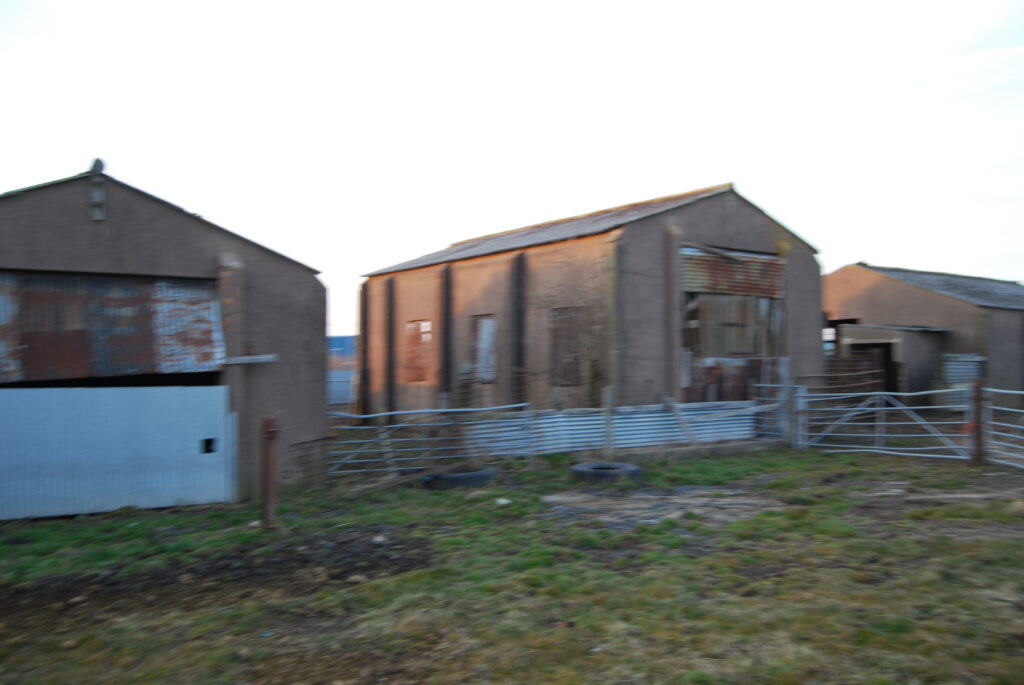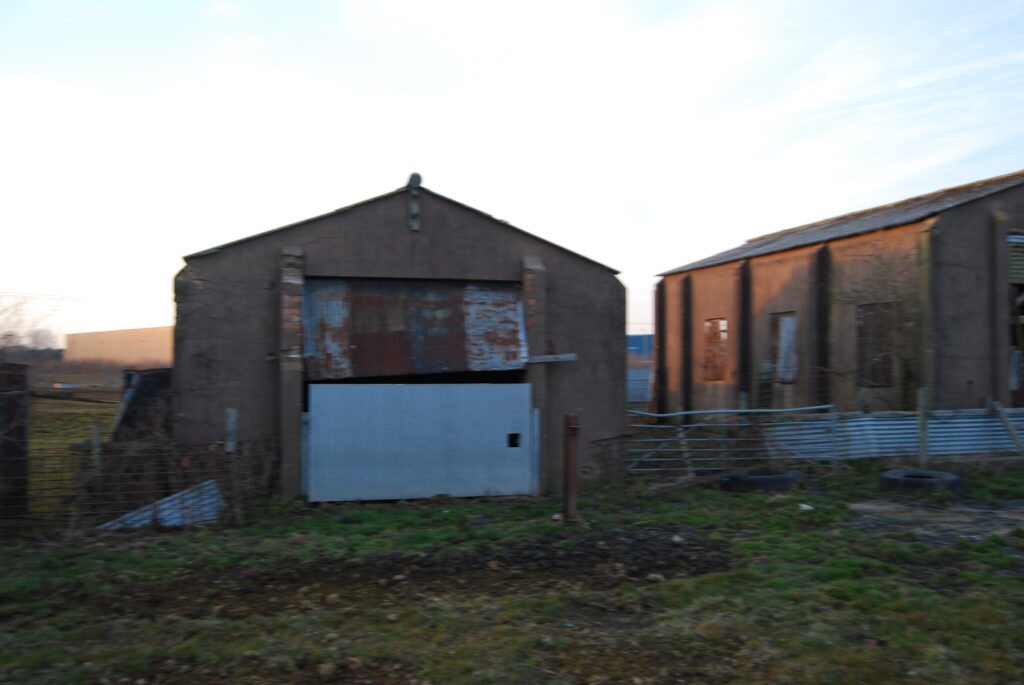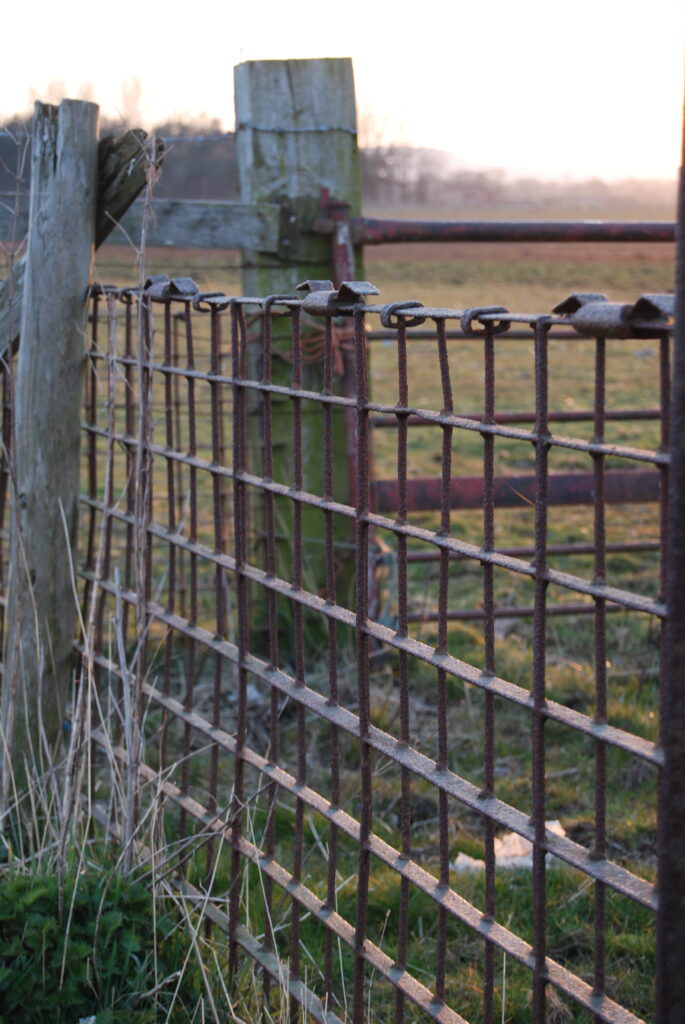Author: Euan Withersby
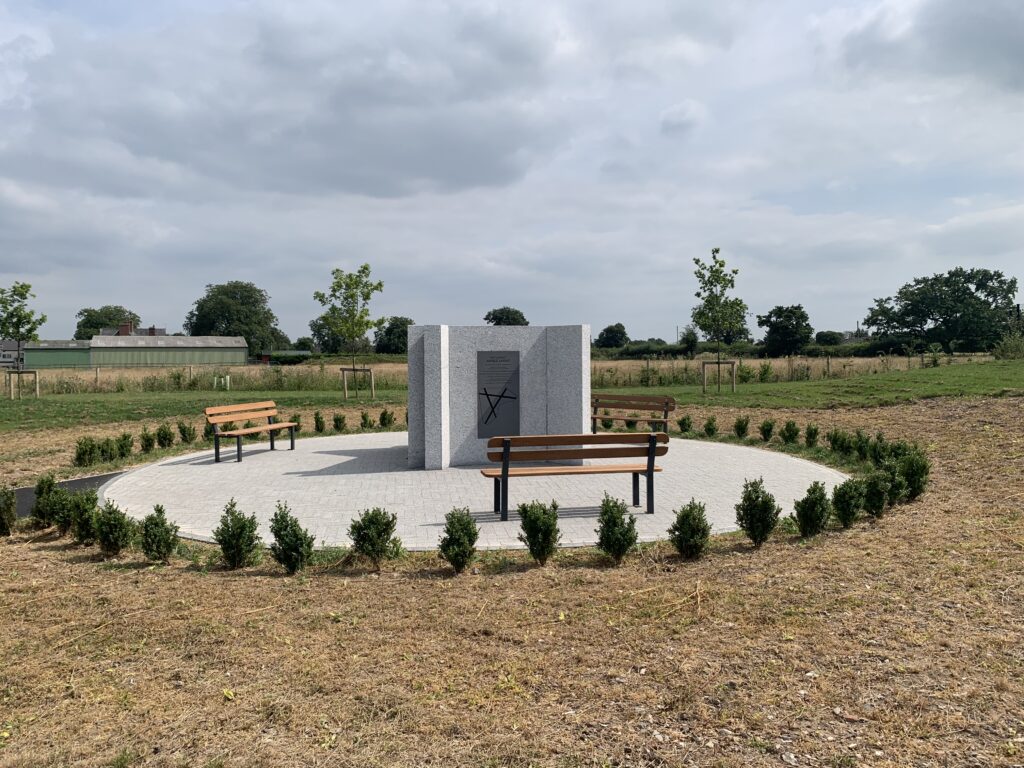
The memorial
I was honoured to be chosen to research and design the memorial for the former RAF Calveley, a disused airfield in Cheshire, England, that I got to know very well.
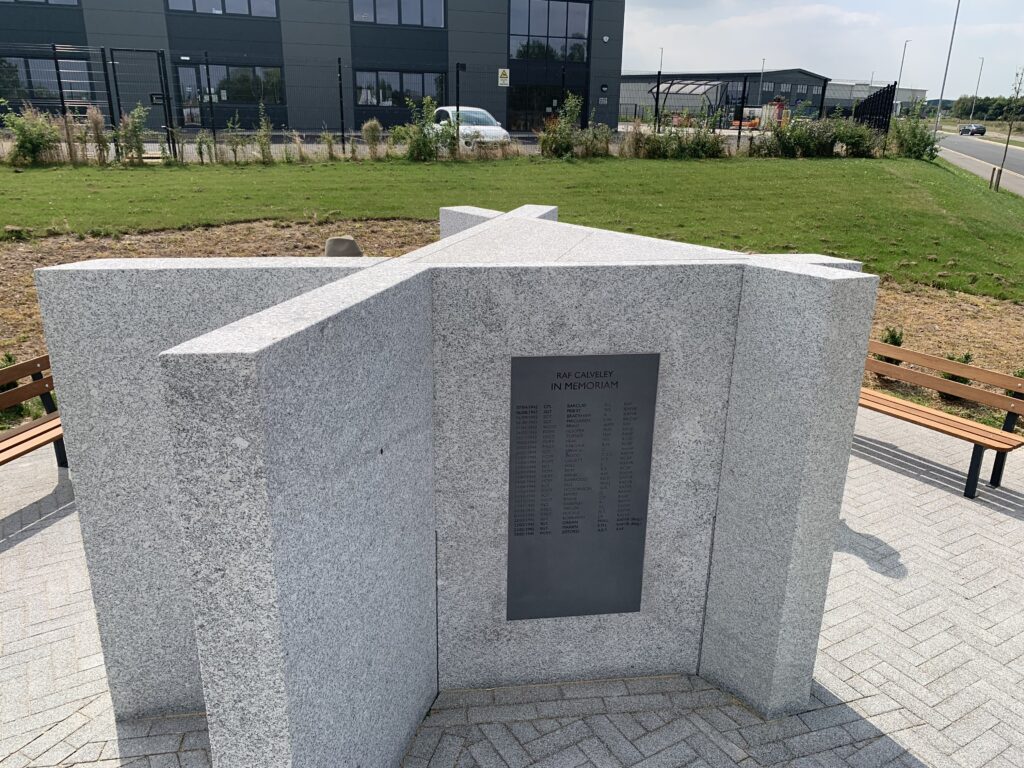
Calveley connections
During the early noughties I lived in the village of Calveley, Cheshire. Nearby in Wardle was a disused WW2 RAF airfield criss-crossed by public footpaths, the former RAF Calveley. This was one of the most complete disused Air Ministry pattern airfield that I’d seen in the west of England.
Having a background in military history and connections with the RAF, I’d already started gathering information from various sources including the RAF Museum archives and David Smith’s excellent Action Stations book on airfields of the North West. I’d undertaken research on a flying accident for a relative of a student pilot and was asked by a neighbour if I would prepare some displays on the airfield for a local church fete. Later I was contacted by another relative of a student pilot who to had experienced a flying accident which led to some fabulous discoveries and coincidences. Night flying at Calveley was a dangerous business, for sure.
RAF Calveley
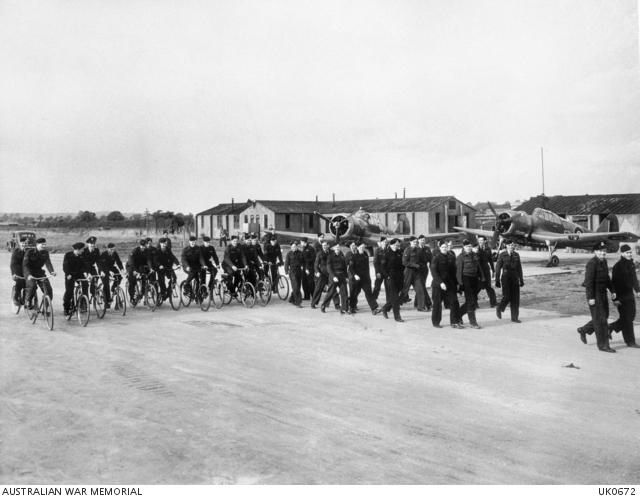
This is only a brief history of the airfield. For more information, I would recommend reading the excellent Cheshire Airfields of the Second World War by noted airfield historian and chairman of the Burtonwood Association, Aldon Ferguson. I was honoured to be asked to undertake some of the fieldwork for the section on Calveley.
Calveley was a training airfield that opened in 1942 as a relief landing ground for other airfields, became a patent station in its own right in 1943 and ceased usage as a flying station in 1946. It was one of the few training airfields in the north west equipped with a flare path to enable night flying training. It was a standard Air Ministry pattern airfield with three intersecting runways in a triangular formation, a cluster of hangars, workshops and administration buildings on the southern side and ringed with hardstandings for aircraft on the northern and eastern side.
Seven domestic accommodation sites were scattered around the airfield. The units based here were all connected with the second phase of flying training designed to prepare pilots who came from the UK, across the commonwealth and from European countries to go on to their final operational conversion units (OCUs). Various types of aircraft, single and twin engined, were in use through the war and beyond.
By far the best images of RAF Calveley are found on the Australian War Memorial website.
The lead up to the memorial
I became aware that the landowner of the airfield was looking to sell the eastern portion of the site for redevelopment. The airfield already had a number of businesses using various airfield buildings and Bougheys, a storage and transportation company, had built a large building on the easternmost dispersals shown in the picture above. The runways had mostly been taken up to provide hardcore for the M6 motorway but there were still a number of buildings left scattered about.
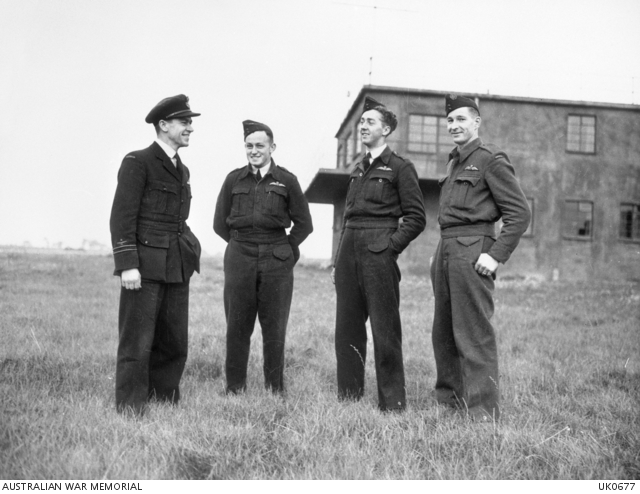
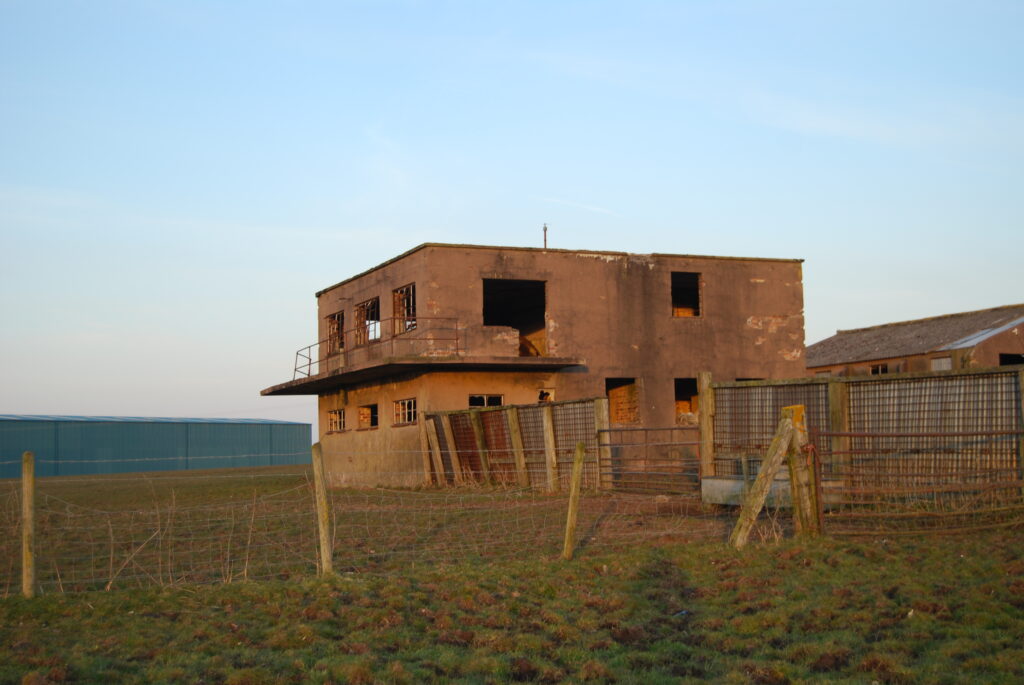
I got involved through the public consultation planning meetings and met with the landowner several times to see what could be saved. Sadly this did not include the control tower and its clutch of buildings (briefing room, fire station, motor transport section buildings amongst other sundry buildings) and the station headquarters. The buildings on the western edge such as the firing butts and the rare ‘seagull’ pillbox would stay, however.
It was during these meetings that the landowner made a very generous offer. Funding for a memorial to those who lost their lives at Calveley and to the airfield itself would be made available. Once again, I found myself honoured to be chosen to be involved in documenting Calveley’s history.
Researching and designing the memorial
Rationale
I wanted to fulfil three design criteria. Firstly, to remember those killed at Calveley. Secondly, to provide a unit timeline. Thirdly, to give context to the airfield that was no longer going to be as visible and understandable.
The design
After a number of sketched ideas, I went back to the third design criteria. What could give context to now disused airfield better than the airfield itself? A detailed model cast in bronze would have been interesting, but not an eye-catching memorial that also represented the impact of the airfield on the Cheshire landscape.
I also wanted it to be cast in concrete to represent that material so commonly seen on the airfield and those like it. From my own experience, concrete features largely on airfields and this would have been the experience of the personnel at Calveley, too. This was my second favourite design, my favourite was one with brass studs in the ground following the line of the runway extensions to represent the flare paths, but in the end simplicity won out.
The design is the runway layout in plan view extruded vertically.
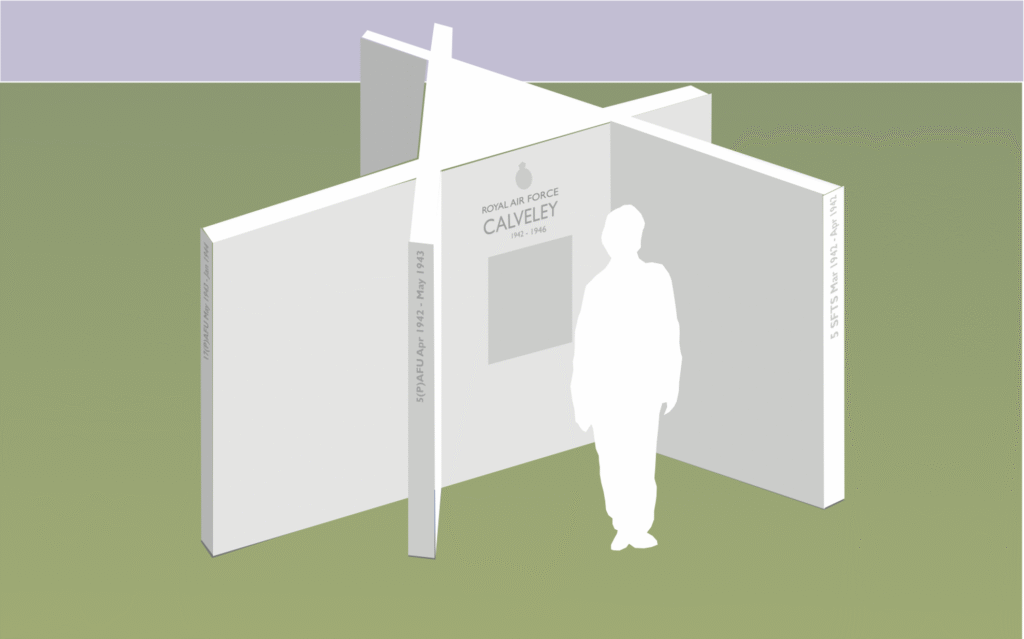
The panels
in memorium
I obtained the Operations Record Book (ORB) for RAF Calveley from the National Archives and scoured it for information on those who had died. This produced a much longer list than expected. In the end, the list on the memorial is of those people who were based at Calveley and died either within the boundaries of the airfield or on a flight taking off from or landing at Calveley. Beyond this, the links were too tenuous.
Unit History
I had already built a timeline of the airfield for the information displays back in the noughties, I drew on this and the ORB for the unit list. The aircraft profiles were actually scans from wartime recognition material turned into vector drawings. My thanks go to the architects for tidying the drawings up so that they would come out.
Airfield Timeline
Likewise the airfield plans from the RAF Museum archives, the ORB and snippets from both Aldon Ferguson and David Smith’s excellent books helped with the airfield timeline and layout.
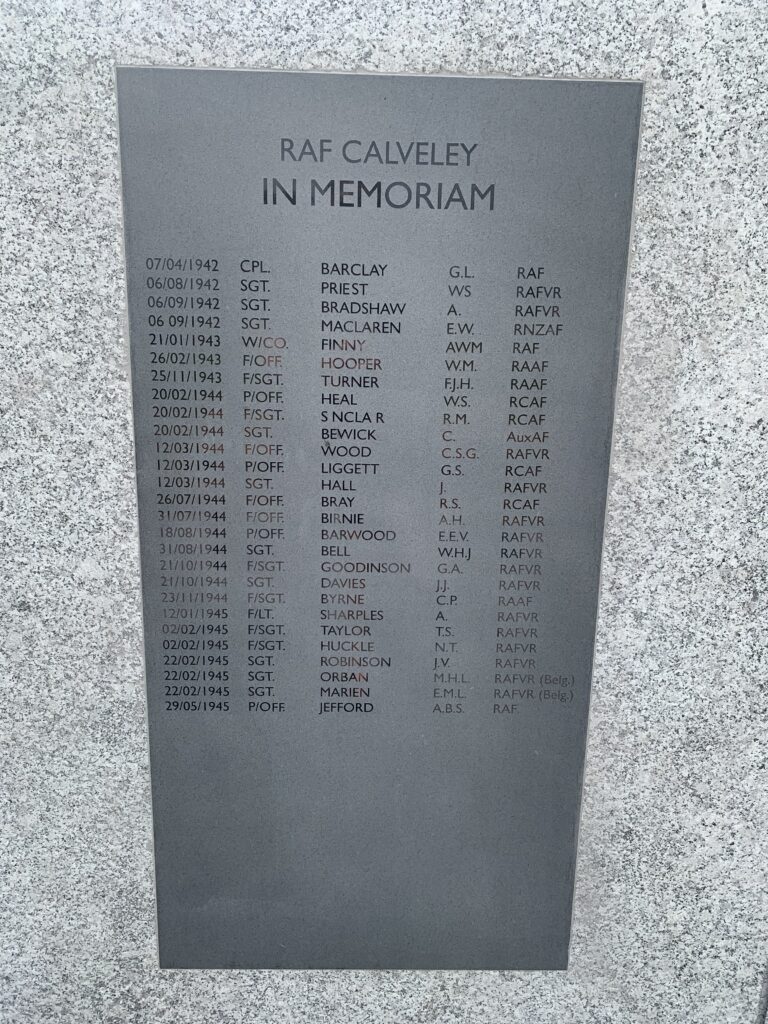
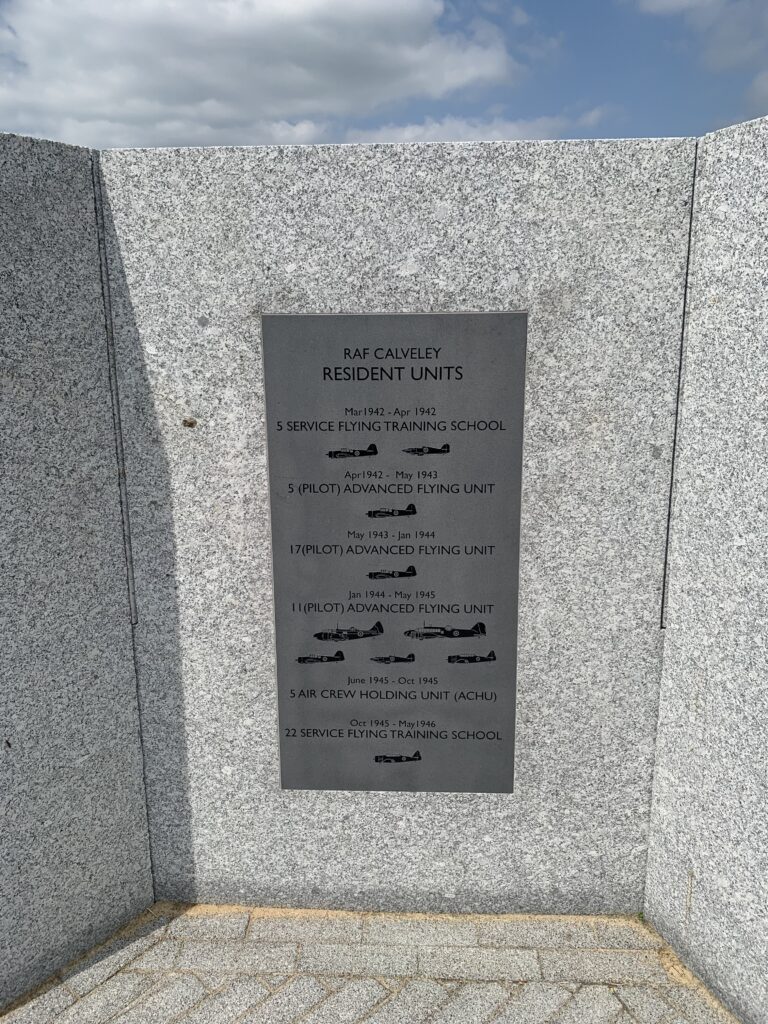
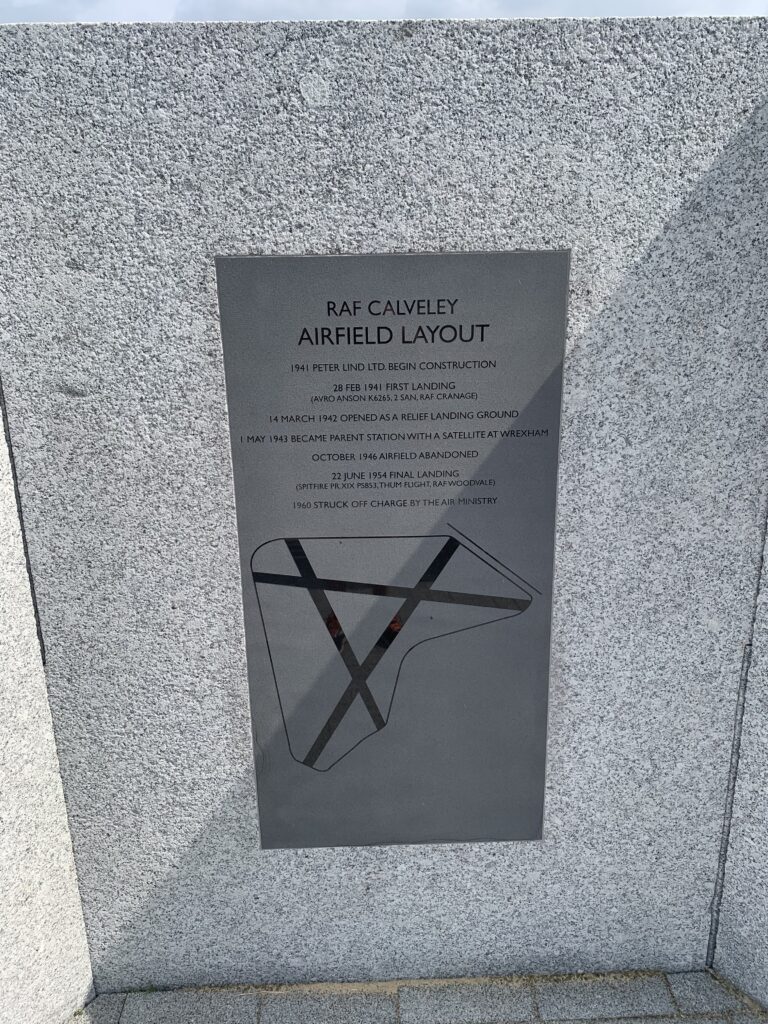
Construction and connections
Ultimately my memorial design was transformed into the memorial by some very talented people. The memorial itself was cast in several parts and was slotted together on site like a giant 3D jigsaw puzzle. I wasn’t involved in designing the landscaping for the setting, but I like it and feel it sets the memorial off well.
Two coincidental connections appeared during my time researching Calveley.
Firstly, the Australian pilot standing at the right hand side of the group in the photo (above) was Flight Sergeant Gablonski of the Royal Australian Air Force. Very coincidentally, he was the instructor for one of the student pilots who crashed during night flying (both survived, fortunately). I was delighted to be able to find Flt.Sgt. Gablonski’s relatives and put them in touch with the family of the student pilot.
Secondly, on a holiday to Canada, we visited the Canadian Parliament in Ottawa. Through sheer happenstance, we ended up at the Canadian Virtual War Memorial to fallen Canadian armed forces. On a whim, I looked up to see if the four Canadians on my in memoriam list were there, and they were! I was able to add the fact that they were memorialised here in the UK at RAF Calveley. This seemed fitting closure to the project.
- Pilot Officer W S Heal
- Warrant Officer R M Sinclair (Casting has dropped the ‘I’s from Sinclair from the plaque, unfortunately)
- Pilot Officer G C Liggett (Listed incorrectly as G S Liggett in the RAF Operations Book for Calveley, unfortunately also incorrectly reproduced on the plaque)
- Flying Officer R S Bray
Gallery of Calveley images
